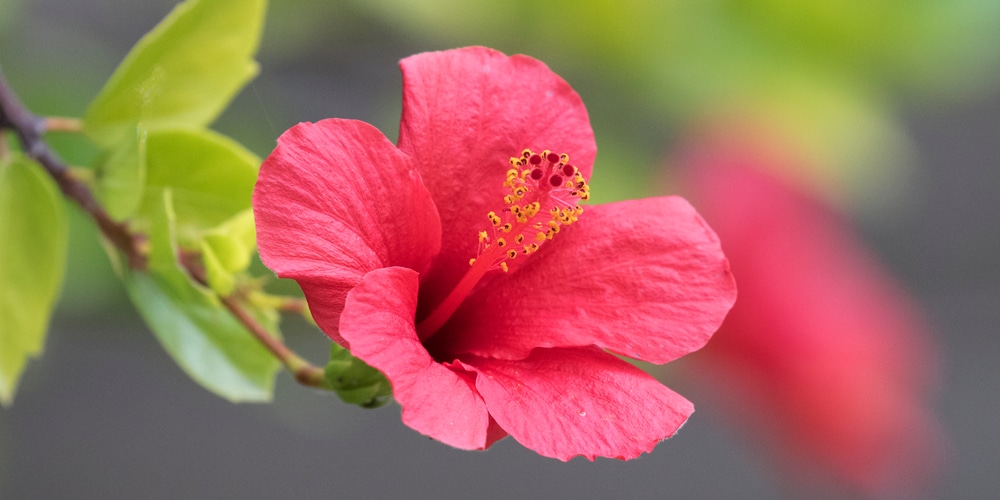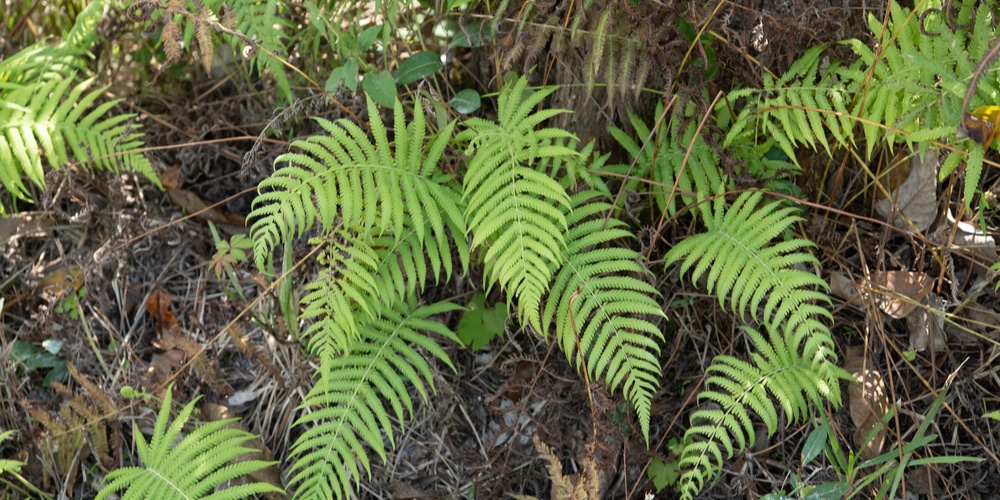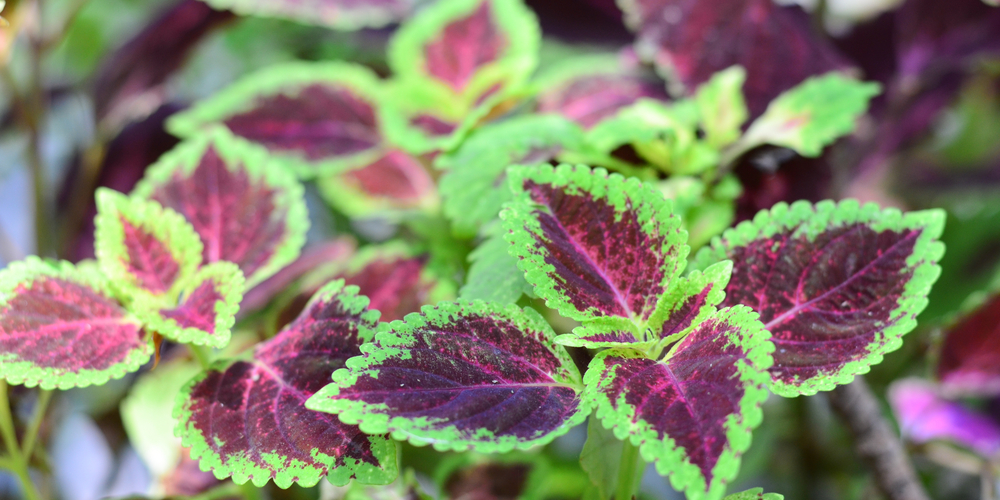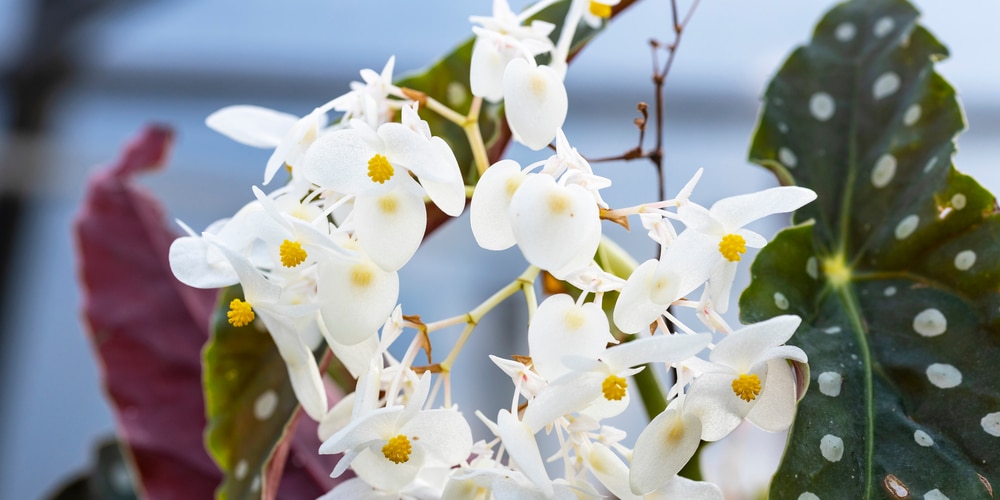Elephant ears refer to plants in the aroid category with big pan-like leaves. Occasionally, elephant ear plants with multicolored leaves such as Caladium spp are planted to complement flowers or other plant colors. Generally, elephant ears have large leaves with color variations, depending on the cultivar. Using companion plants around relies on the contrast in color and texture.
Besides adding dramatic size and color contrast in your home, elephant ears blend well with castor beans and resplendent caladiums. Still, elephant ears match Chinese hibiscus and are more appealing when fitted with ferns, begonias, and ornamental grasses.
It’s not just about planting the elephant ear with other plants. When it gets down to it, you have to match the colors excellently. Let’s see the four best plants that can be grown with elephant ears and how you can blend the different colors together.
Elephant Ear Companion Plants
Combining dark-leaved cultivars with a plant with either whitish, yellowish, or amber blooms for a striking contrast. When grown among perennials like petunias or a begonia, the clump types have a lovely vase form, making a single bush a fascinating central focus in the landscape. Alternatively, you can mix elephant ears with reeds and lilies in large pots of water or in separate pots to mix up with various flowers on a terrace or garden.
Chinese hibiscus
Chinese hibiscus has trumpet blooms that can reach up to 9 inches. A native of Asia, the plant blooms continuously. In addition to being fast-growing, it can add 24 inches annually and reach 25 feet when fully matured. That is when provided the favorable conditions. Like elephant ears, hibiscus thrives in moist soil. They can be potted if you live in colder regions or even replanted every spring season. Their color varieties can dramatically change the look of your deck or patio due to their smaller size.
Ferns
The best thing about growing elephant ears with ferns is that ferns can tolerate the cold winter and hot summer months. Again, they are also easy to take care of. Christmas ferns are a good choice for ferns. Growth of this variety is slow, which corresponds to the growth rate of elephant ears.
Ferns’ delicate foliage contrasts nicely with elephant ears’ huge-sized foliage.
The leaves should be juxtaposed to emphasize the differences between them. Contemplate using ferns with dissimilar leafy hues. Dark foliar elephant ears encircled by green-yellow or pale green ferns create a striking distinction. Colors and foliage textures vary greatly among fern plants, but it’s the distinction in texture and hue that dictates whether or not they should be planted with elephant ears.
Coleus
Coleus, which are botanically classified as Solenostemon species, are perennial foliage herbs that bloom quickly and have foliage with yellow, greenish, and purple colors. Still, others appear to have rusty brown and burgundy-scarlet colors. Because coleus foliage is shorter when compared to elephant ears, they complement each other organically.
Coleus and caladiums make a great combination since the coleus foliage may duplicate or repeat the hues of the caladium foliage. The elephant ear leaves speckled with whitish or pinky stretches will complement coleus with uniform purplish or pale green leaves. A basic rule is to combine a one-colored elephant ear with coleus leaves with more than one color and inversely.
Begonias
Begonias blend well with elephant ears due to their resplendent flowers. You might want to use the wax and tuberous variants in such settings. It is easy to echo the elephant ear leaves with begonias, as they are ever-blooming plants.
Pink and red begonias fit with elephant leaves with red and pinkish speckles. On the other hand, elephant leaves with green foliage can be made colorful when surrounded with flowering begonias as the petal colors and size create colossal contrast.
Pair elephant ears with other elephant ear varieties
Well, if you have scratched your head to the back and forth and you see no other companion plants to blend in with elephant years, it’s time you consider planting different varieties. It’s all about trying out distinct leave colors and patterns. That is, if your elephant plant has green-colored leaves, intermingle it with elephant ears with deep purplish leaves. It’s the color distinction that brings out a unique pattern.
Elephant Ear Companion Plants: Conclusion
When looking for the best plants to pair with elephant ears, it all comes down to color and texture differences. Once you’ve gone over the above, the only thing left for you is to simulate the outlooks for each combination.



